Table of Contents
Introduction to Sichuan Spices
The 5 essential Sichuan spices for authentic home cooking are Sichuan peppercorns, dried red chili peppers, garlic, ginger, and fermented black beans. Each plays a unique role in creating the signature 'ma la' (numbing-spicy) flavor profile that defines Sichuan cuisine. This guide provides accurate, expert-backed information on how to identify, use, and store these ingredients for maximum flavor.
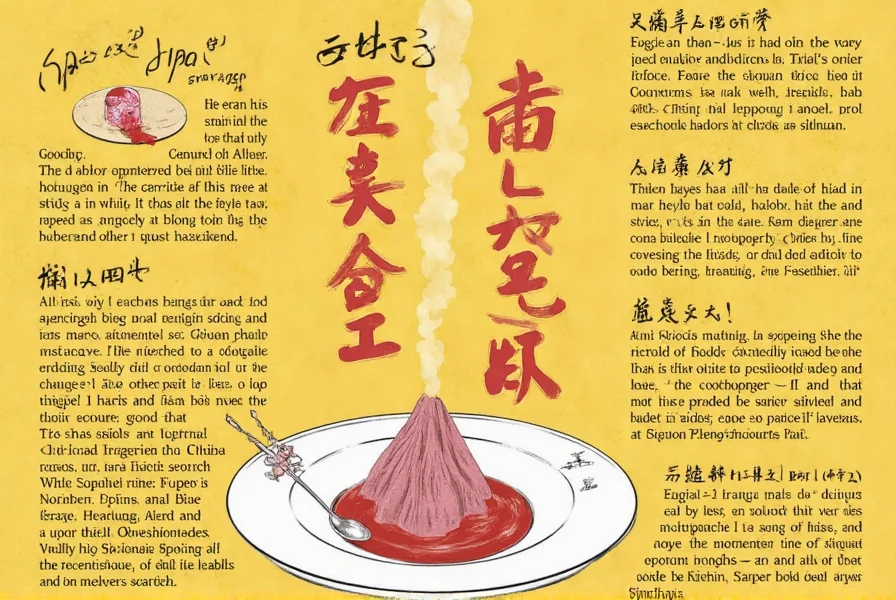
The 5 Essential Sichuan Spices
| Spice | Description | Flavor Profile | Key Usage Tips |
|---|---|---|---|
| Sichuan Peppercorn | A fruit from the prickly ash tree, not a true pepper. Native to Sichuan province. | Numbing, citrusy, and slightly sweet. Creates the signature 'ma' sensation. | Toast whole peppercorns before grinding to enhance aroma. Use sparingly as they lose potency quickly. |
| Dried Red Chili Peppers | Typically long red chilies or bird's eye chilies. Used whole, crushed, or powdered. | Heat, smokiness, and fruitiness. Provides the 'la' (spicy) component. | Remove seeds for milder heat. Add at different cooking stages for layered spice profiles. |
| Garlic | Used fresh or roasted. Essential for building flavor foundations in sauces. | Pungent when raw, sweet and nutty when caramelized. | Minced garlic releases more flavor than sliced. Always cook with oil to prevent burning. |
| Ginger | Used fresh or dried. Adds warmth and depth to dishes. | Sharp, citrusy, and slightly sweet. Balances heat and numbing sensations. | Grate for maximum flavor release. Use in marinades to tenderize proteins. |
| Fermented Black Beans | Salted and fermented soybeans. A key umami source in Sichuan cuisine. | Salty, savory, and complex. Adds depth without overpowering other flavors. | Rinse before use to reduce saltiness. Crush for better integration into sauces. |
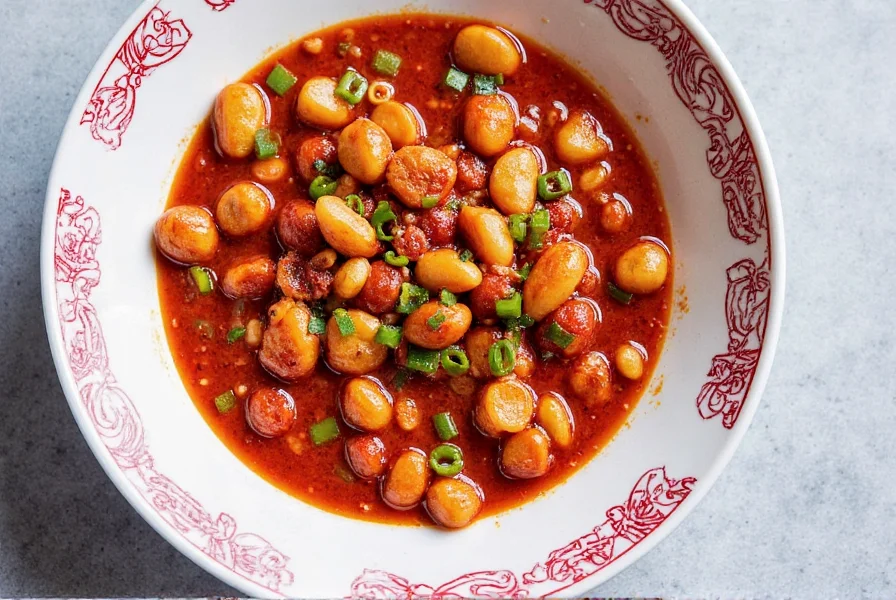
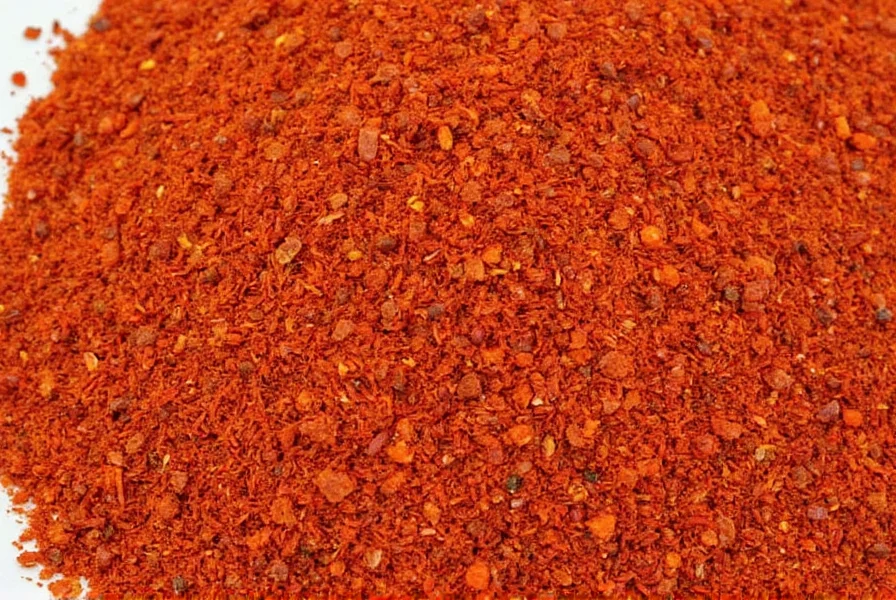
Cooking Techniques for Authentic Flavor
Proper technique is as important as ingredients for authentic Sichuan dishes. These methods maximize flavor extraction while preserving texture:
- Stir-frying: High-heat cooking with minimal oil. Crucial for preserving crispness in vegetables and proteins. Always preheat wok until smoking before adding oil.
- Hot Pot Preparation: Build broth layers by first frying spices (Sichuan peppercorns, chilies, ginger), then adding broth. Simmer for 30+ minutes to infuse flavors.
- Marinating: Combine soy sauce, rice wine, and spices for 30+ minutes. Acidic elements (vinegar) tenderize proteins while spices penetrate deeply.
- Tempering Oil: Heat oil until smoking, then add whole spices (Sichuan peppercorns, dried chilies) to infuse flavor before removing them. Creates aromatic base for sauces.
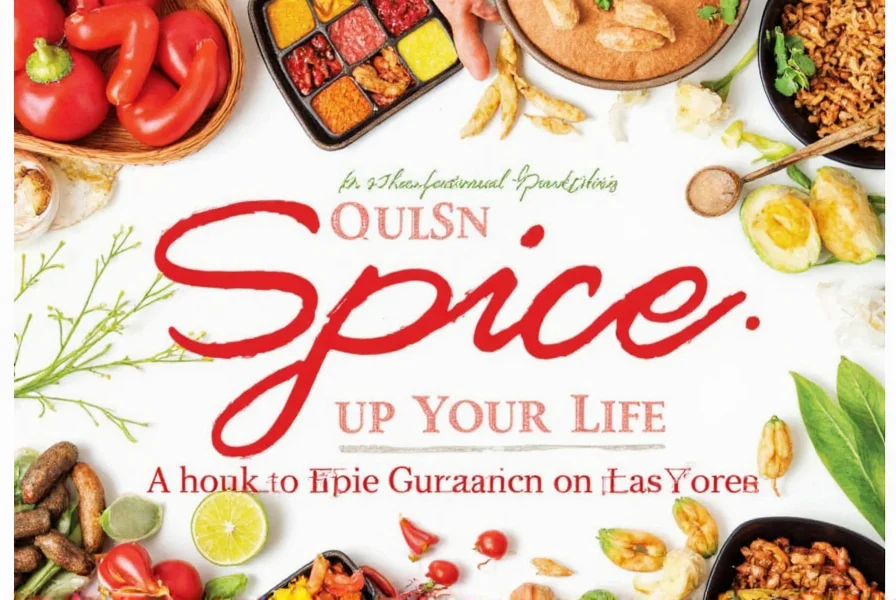
Classic Sichuan Dishes to Try
These iconic dishes showcase the balance of Sichuan flavors. All can be made with the 5 essential spices:
- Mapo Tofu: Silky tofu in spicy sauce with fermented black beans, ground pork, and Sichuan peppercorns. The dish balances heat, numbing, and umami.
- Kung Pao Chicken: Stir-fried chicken with peanuts, dried chilies, and Sichuan peppercorns. Features the perfect 'ma la' balance.
- Twice-Cooked Pork: Braised pork belly stir-fried with fermented black beans and garlic. Showcases layered textures and flavors.
- Chongqing Hot Pot: Broth simmered with dried chilies, Sichuan peppercorns, and ginger. Served with raw meats and vegetables for dipping.
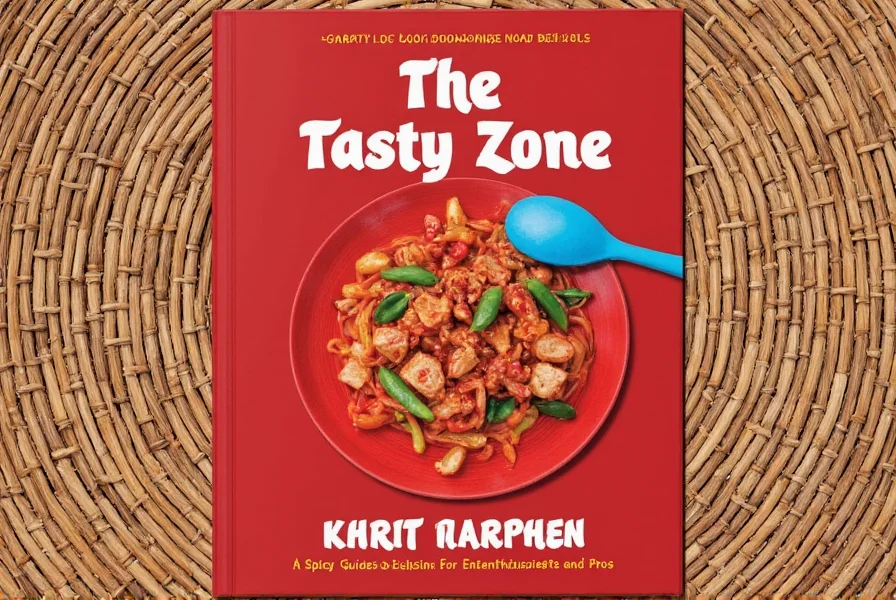
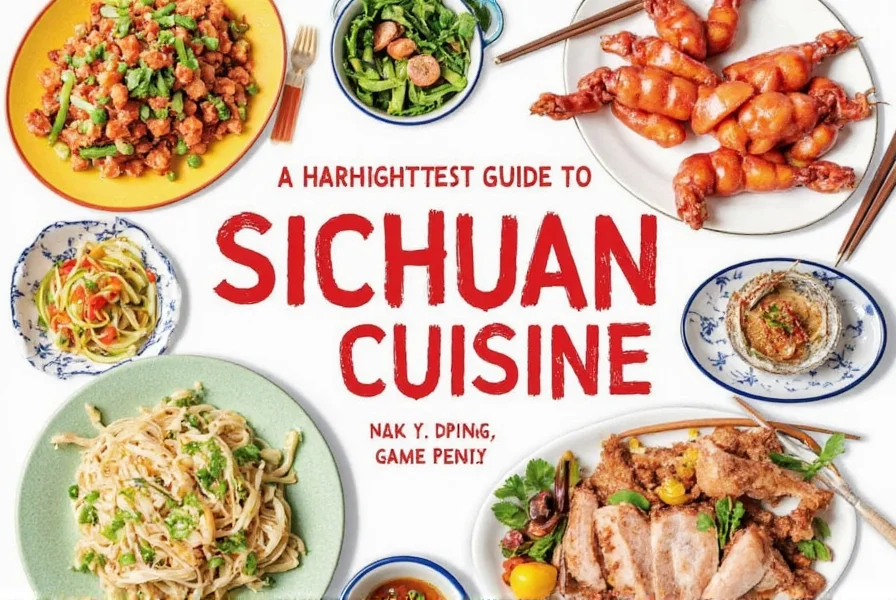
Smart Buying Guide for Sichuan Ingredients
Follow these evidence-based tips to select high-quality ingredients:
1. Sichuan Peppercorns
Look for whole, unbroken peppercorns with bright reddish-brown color. Fresh ones should emit strong citrus aroma when crushed. Avoid dark brown or black peppercorns which indicate age. Store in airtight containers away from light.
2. Dried Red Chili Peppers
Choose peppers with vibrant red color and slight sheen. Avoid dull or pale peppers which indicate age. Whole dried chilies retain flavor longer than pre-crushed. For maximum heat control, buy whole chilies and remove seeds before use.
3. Fermented Black Beans
Quality beans should be plump, moist, and have deep black color. They should smell savory with slight saltiness (not moldy). Avoid overly dry or crumbly beans. Rinse before use to reduce saltiness.
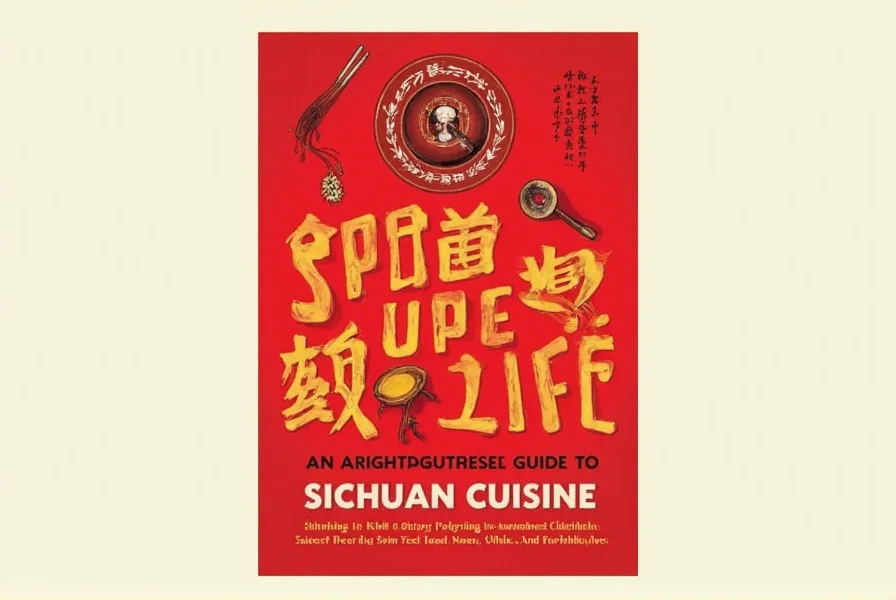
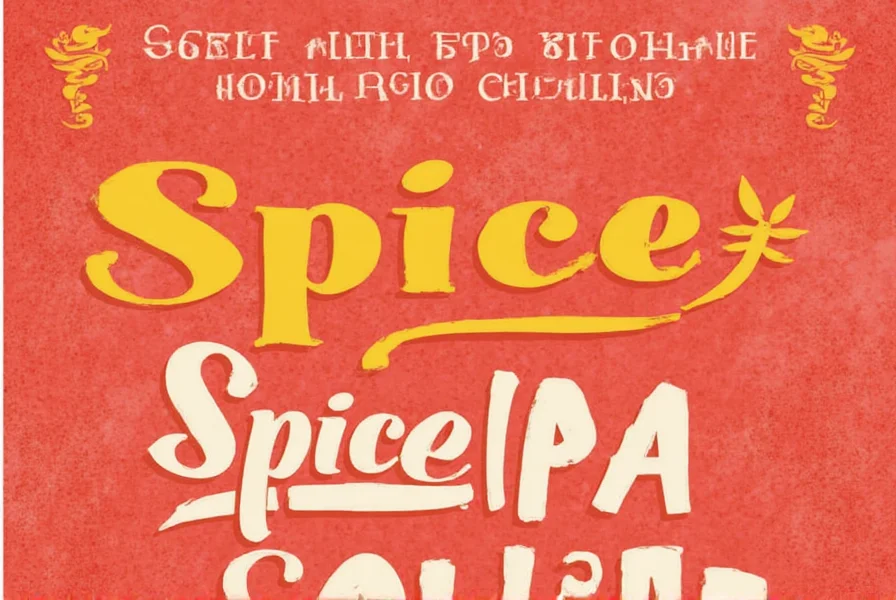
Practical Tips for Cooking Sichuan Food at Home
- Balance is key: Sichuan cuisine isn't just about heat. Adjust spice levels by controlling chili quantity while maintaining Sichuan peppercorn for numbing sensation.
- Toast spices first: Dry-toast Sichuan peppercorns and chilies before grinding to unlock maximum aroma.
- Use fresh aromatics: Replace dried garlic/ginger with fresh versions when possible for brighter flavor.
- Store properly: Keep spices in dark glass jars in cool, dry places. Whole peppercorns last 1 year; ground spices lose potency in 3-6 months.
- Start simple: Master basic dishes like Mapo Tofu before attempting complex recipes. Consistent practice builds confidence.

Frequently Asked Questions
What are the 5 essential spices for authentic Sichuan cuisine?
The 5 essential spices are Sichuan peppercorns, dried red chili peppers, garlic, ginger, and fermented black beans. Sichuan peppercorns create the signature numbing sensation ('ma'), while dried chilies provide heat ('la'). Garlic and ginger form the aromatic base, and fermented black beans add umami depth. These ingredients work together to create balanced flavors beyond simple spiciness.
How can I identify high-quality Sichuan peppercorns?
High-quality Sichuan peppercorns should be whole, unbroken, and have a vibrant reddish-brown color. When crushed between fingers, they should emit a strong citrusy aroma. Avoid dark brown or black peppercorns which indicate age. Test freshness by tasting one: it should produce a distinct numbing sensation on the tongue without bitterness. The best peppercorns come from Sichuan province's specific growing regions.
What's the difference between Sichuan cuisine and other Chinese regional cuisines?
Sichuan cuisine stands out through its signature 'ma la' (numbing-spicy) profile created by Sichuan peppercorns and chili peppers. While Cantonese cuisine emphasizes fresh ingredients with subtle flavors, and Shanghainese focuses on sweetness, Sichuan cooking uses complex spice combinations that include sour, sweet, salty, and umami elements in single dishes. Sichuan dishes also typically use more oil to carry intense flavors, and feature techniques like tempering oil for aromatic depth.
Can I make Sichuan dishes less spicy while still keeping authentic flavors?
Absolutely. Authentic Sichuan cuisine is about balanced flavors, not extreme heat. Reduce dried chili quantity while maintaining Sichuan peppercorns for numbing sensation. Increase garlic, ginger, and fermented black beans for depth. Add broth or vinegar to dilute heat while preserving complexity. Traditional recipes often balance heat with other elements - the goal is harmony, not maximum spice.
Where can I find authentic Sichuan spices if I don't live near a Chinese grocery store?
Reputable online retailers specializing in Asian ingredients offer authentic Sichuan spices. Look for sellers who specify sourcing from Sichuan province and provide harvest dates. Check reviews for mentions of freshness and authenticity. Specialty food websites often sell spice kits with the 5 essential ingredients. Always verify seller reputation through third-party reviews before purchasing.
How should I store Sichuan spices to maintain their potency?
Store all spices in airtight glass containers away from heat, light, and moisture. Whole Sichuan peppercorns last up to 1 year in cool, dark places; ground spices lose potency in 3-6 months. For maximum freshness, store peppercorns in freezer. Dried chilies should be kept in glass jars (not plastic) as capsaicin degrades plastic. Label containers with purchase dates and buy in quantities you'll use within 6 months.
Conclusion
Authentic Sichuan cuisine relies on precise ingredient combinations and techniques to create its signature balanced flavors. By focusing on the 5 essential spices - Sichuan peppercorns, dried red chili peppers, garlic, ginger, and fermented black beans - and mastering proper storage and cooking methods, you can recreate restaurant-quality dishes at home. Remember that true Sichuan cooking is about harmony between heat, numbing, and umami elements, not just maximum spice intensity.
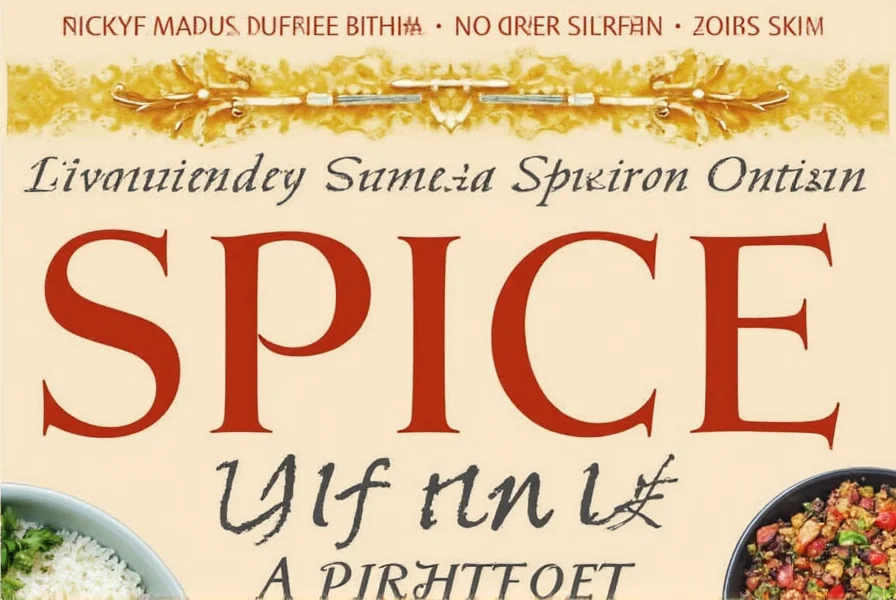










 浙公网安备
33010002000092号
浙公网安备
33010002000092号 浙B2-20120091-4
浙B2-20120091-4